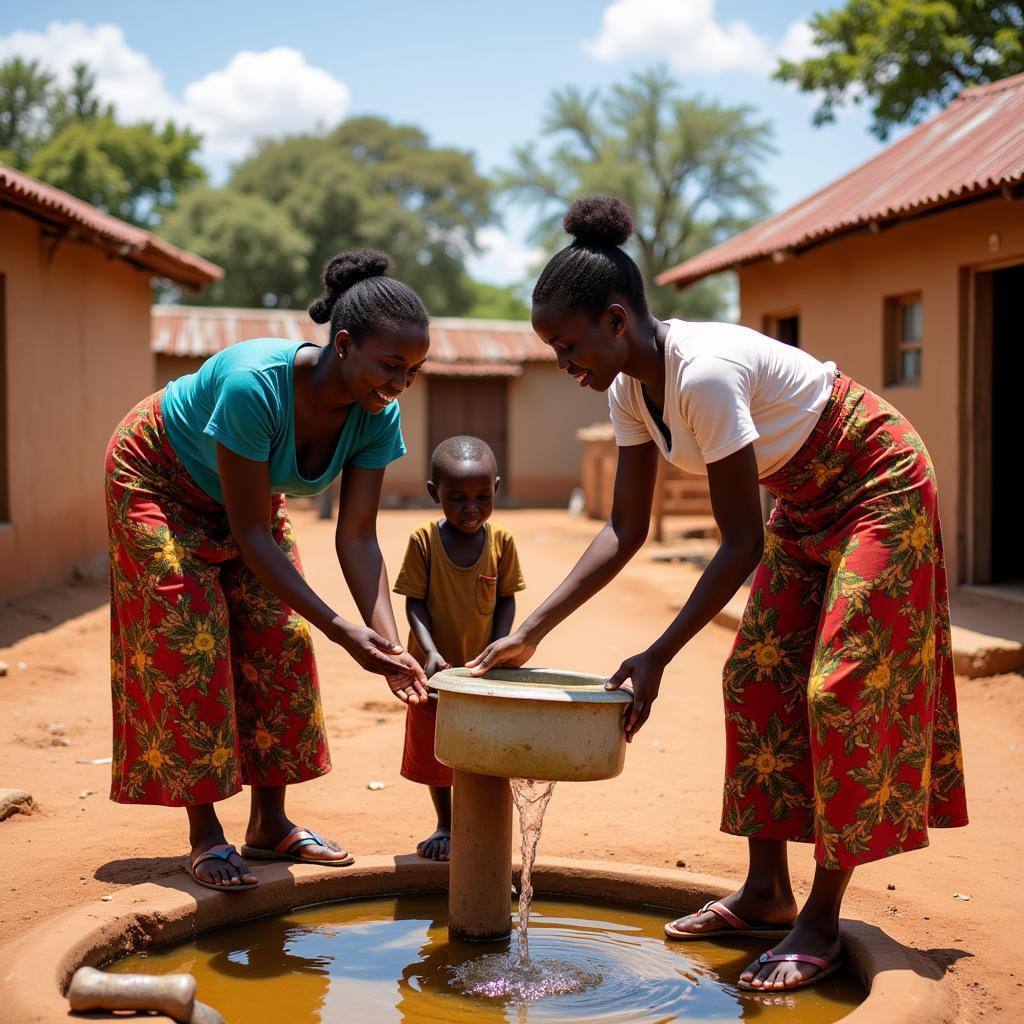The African Albizia Tree: A Symbol of Resilience and Beauty
The African Albizia Tree, scientifically known as Albizia zygia, is a majestic and versatile species native to the African savanna. With its wide-spreading crown, feathery foliage, and fragrant flowers, it graces the landscape, offering shade, sustenance, and a touch of ethereal beauty.
A Keystone Species of the Savanna
The African Albizia plays a vital role in the delicate ecosystem of the savanna. Its expansive canopy provides much-needed shade for a wide range of animals seeking respite from the scorching African sun.
Herbivores, such as giraffes and elephants, rely on its nutritious leaves as a valuable food source, while insects and birds are drawn to its nectar-rich blossoms. The tree’s deep roots help prevent soil erosion, playing a crucial role in maintaining the health of the savanna ecosystem.
Diverse Uses and Cultural Significance
For centuries, communities across Africa have recognized the multifaceted value of the African Albizia tree. Its durable wood, prized for its reddish-brown hue and resistance to termites, is used in construction, furniture making, and crafting traditional tools and utensils.
Beyond its practical uses, the African Albizia holds cultural and medicinal significance. In some cultures, the tree is revered as a symbol of resilience and strength, its ability to thrive in harsh conditions inspiring folklore and traditional beliefs. Various parts of the tree, including its bark, leaves, and roots, have been used in traditional medicine to treat a range of ailments.
The African Albizia in Modern Times
Despite its ecological and cultural importance, the African Albizia, like many other tree species, faces threats from deforestation, habitat loss, and climate change. Recognizing its value, conservation efforts are underway to protect and sustainably manage this iconic species.
Sustainable harvesting practices, reforestation programs, and community-based initiatives are essential to ensure the African Albizia continues to thrive for generations to come, providing ecological, economic, and cultural benefits.


